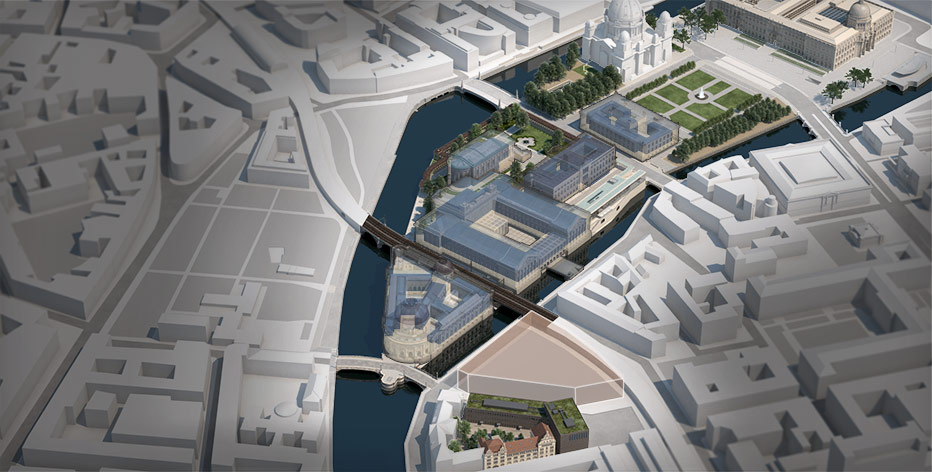An Encyclopedic Wealth of Objects
Eight excellent collections of international renown are kept in the five buildings of the Museumsinsel Berlin (Museum Island Berlin). They represent the development of European art and culture as well as its roots in the Near East, and comprise an encyclopedic wealth of objects. After World War II, the holdings of the collections were divided between East and West Berlin for decades. In the wake of German reunification, the museums from the East and West were reunited under the umbrella of the Stiftung Preussischer Kulturbesitz (Prussian Cultural Heritage Foundation). As a result, it became necessary to develop a new concept for the museum and collection sites of the Foundation. The concept, which had already been drafted in 1990, became the basis for the Museum Island Master Plan devised in 1999. Since 1999 the Museum Island and its collections have been part of the UNESCO World Heritage.
